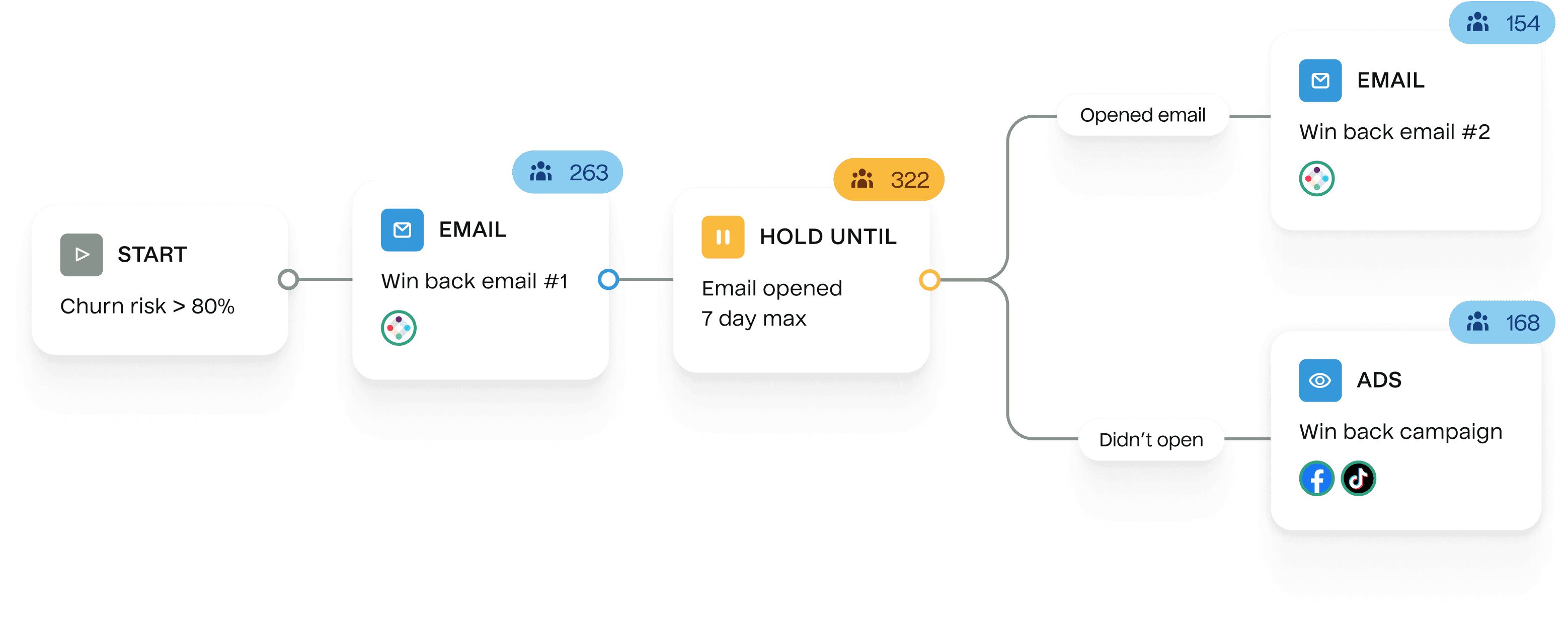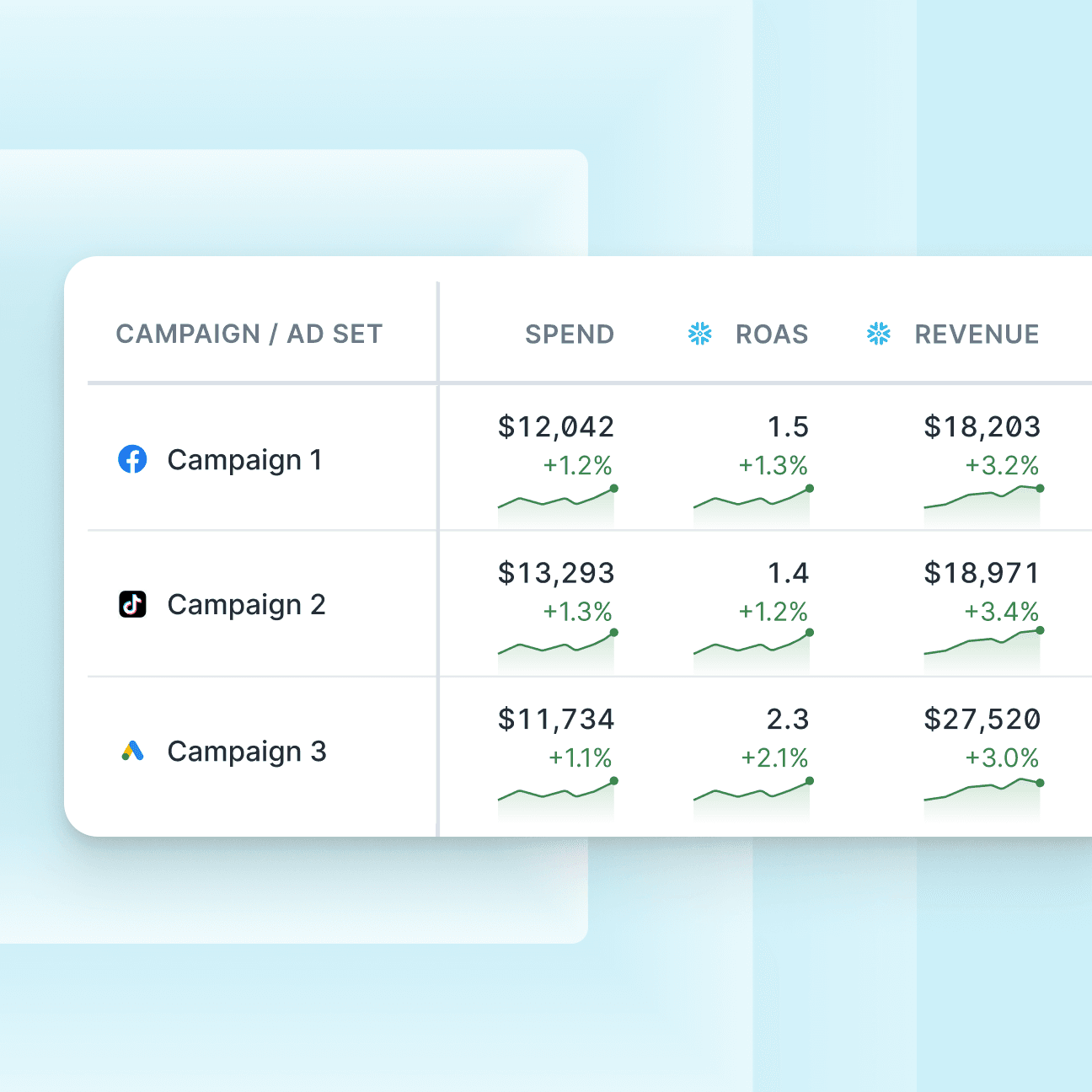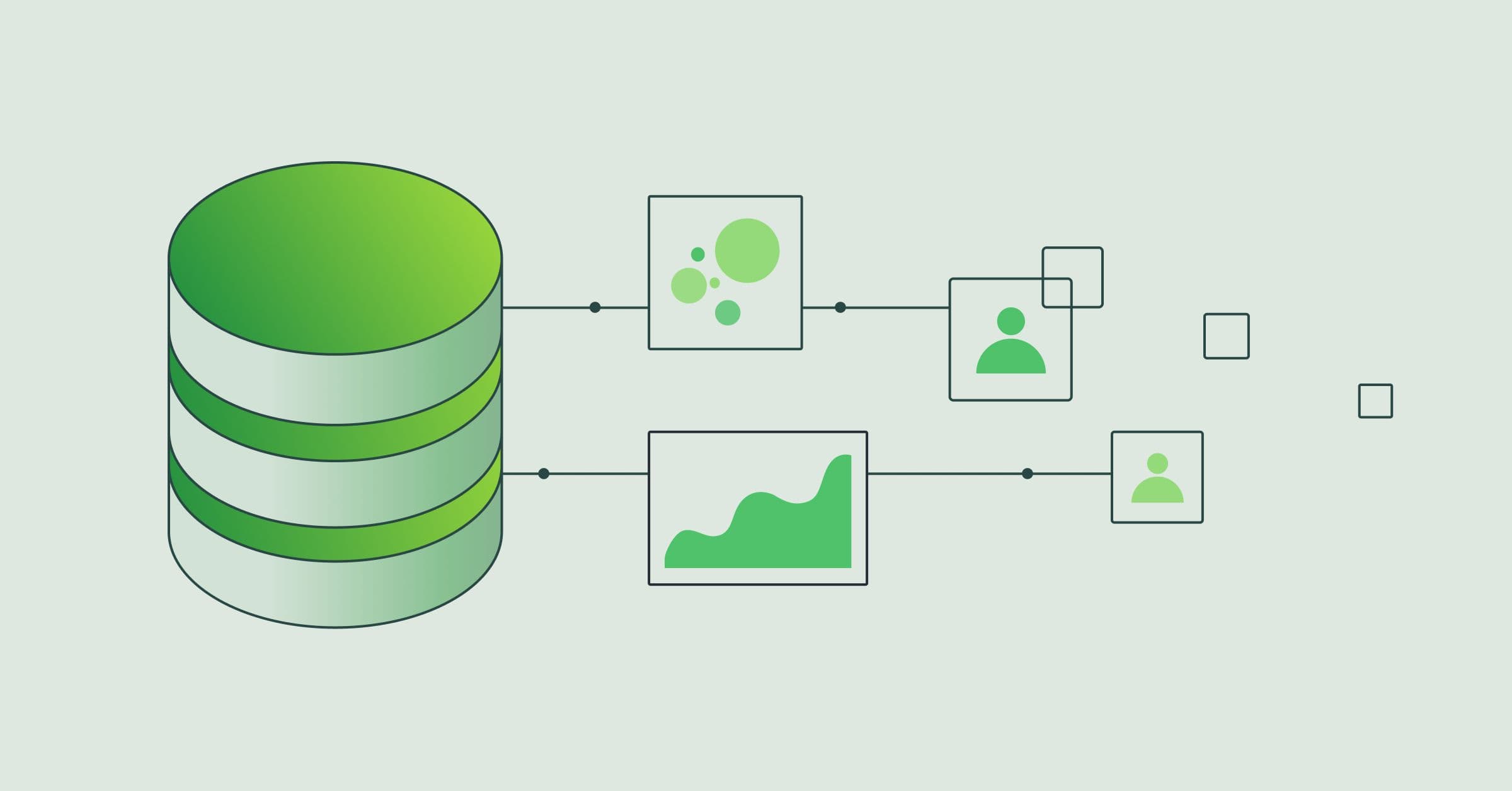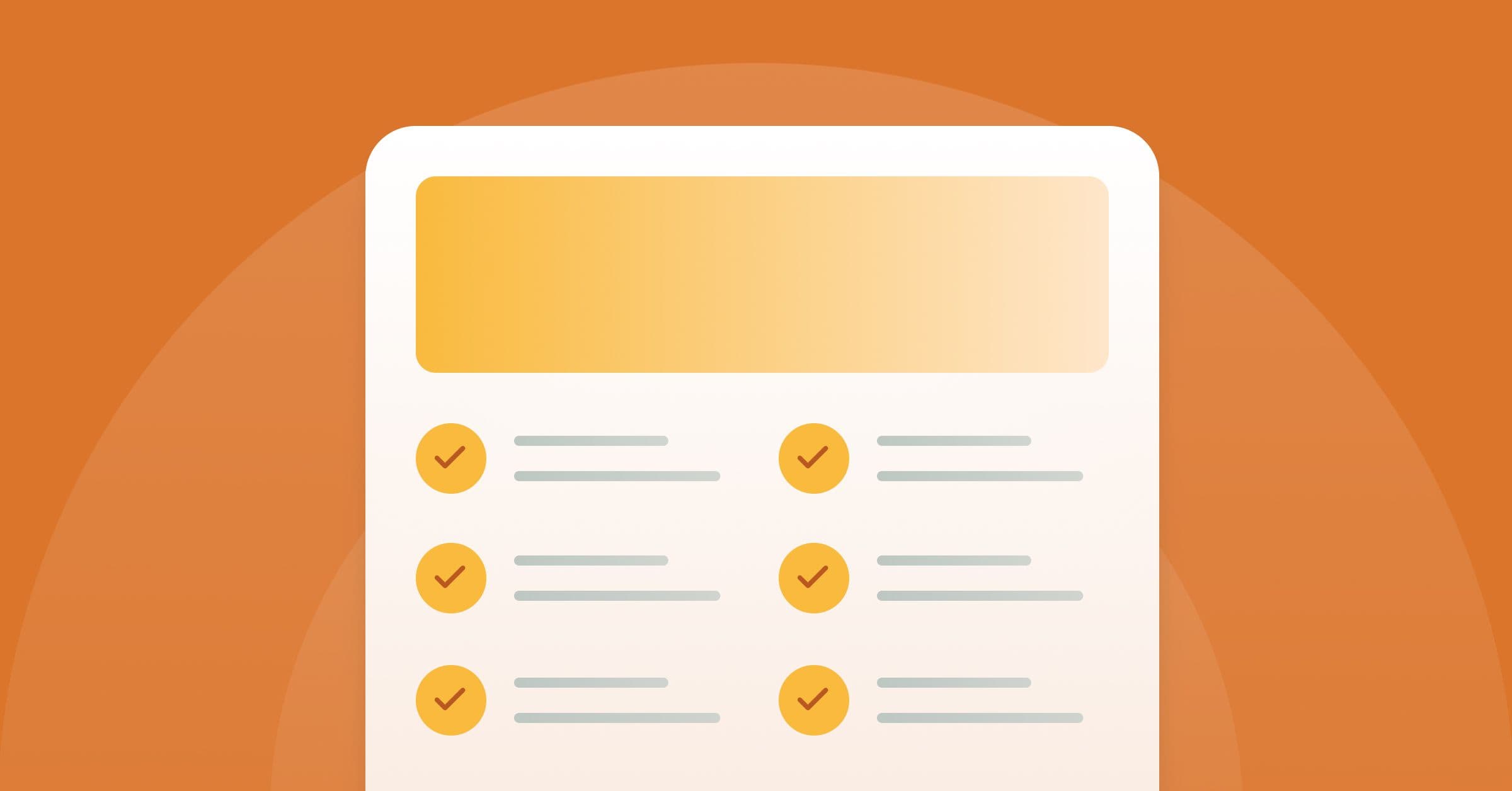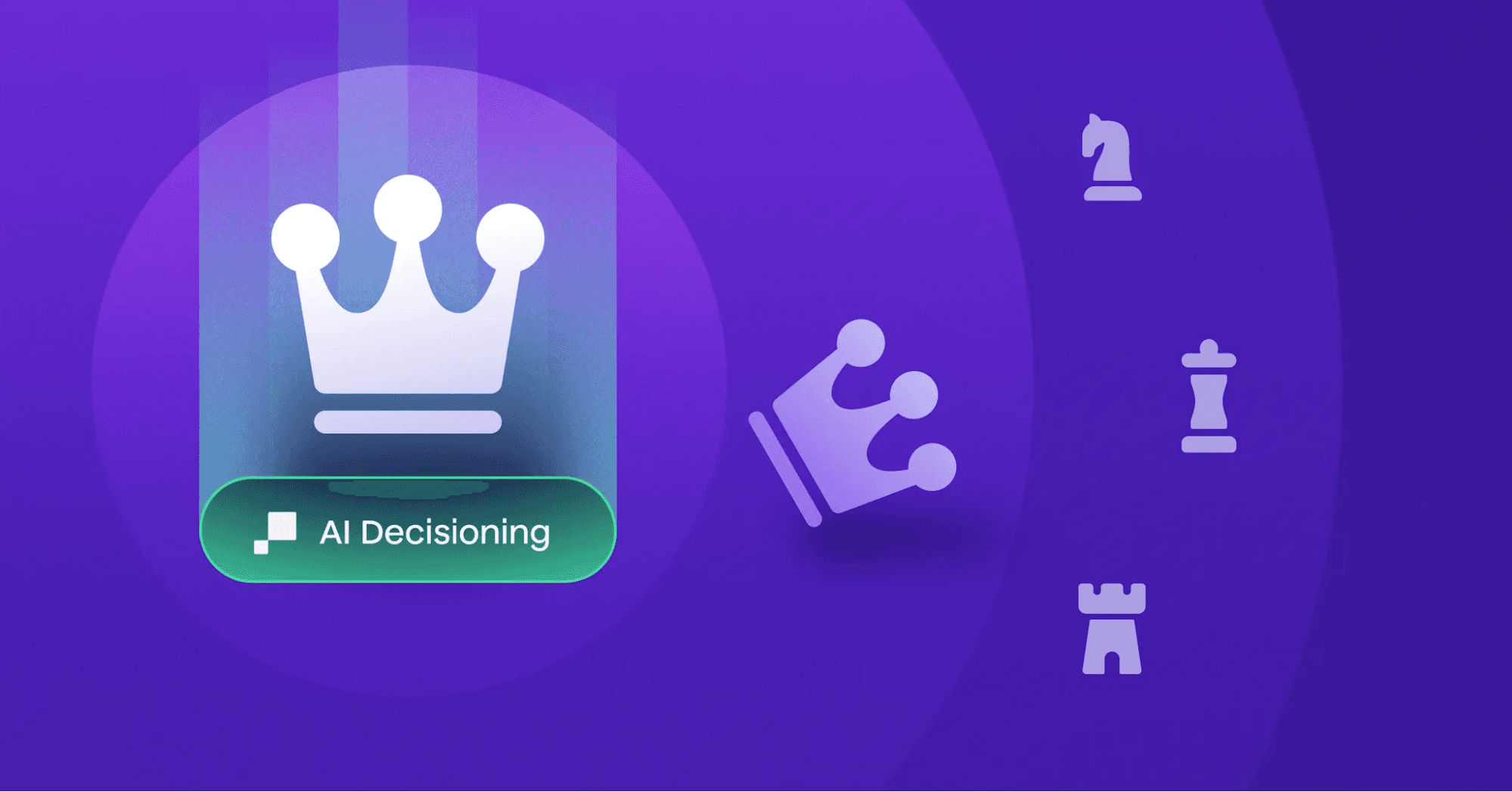The ultimate guide to CDPs for quick service restaurants
Learn everything there is to know about CDPs in quick service restaurants, including global trends, key insights, use cases, how leading QSRs are leveraging personalization, and a framework for evaluating CDP vendors.
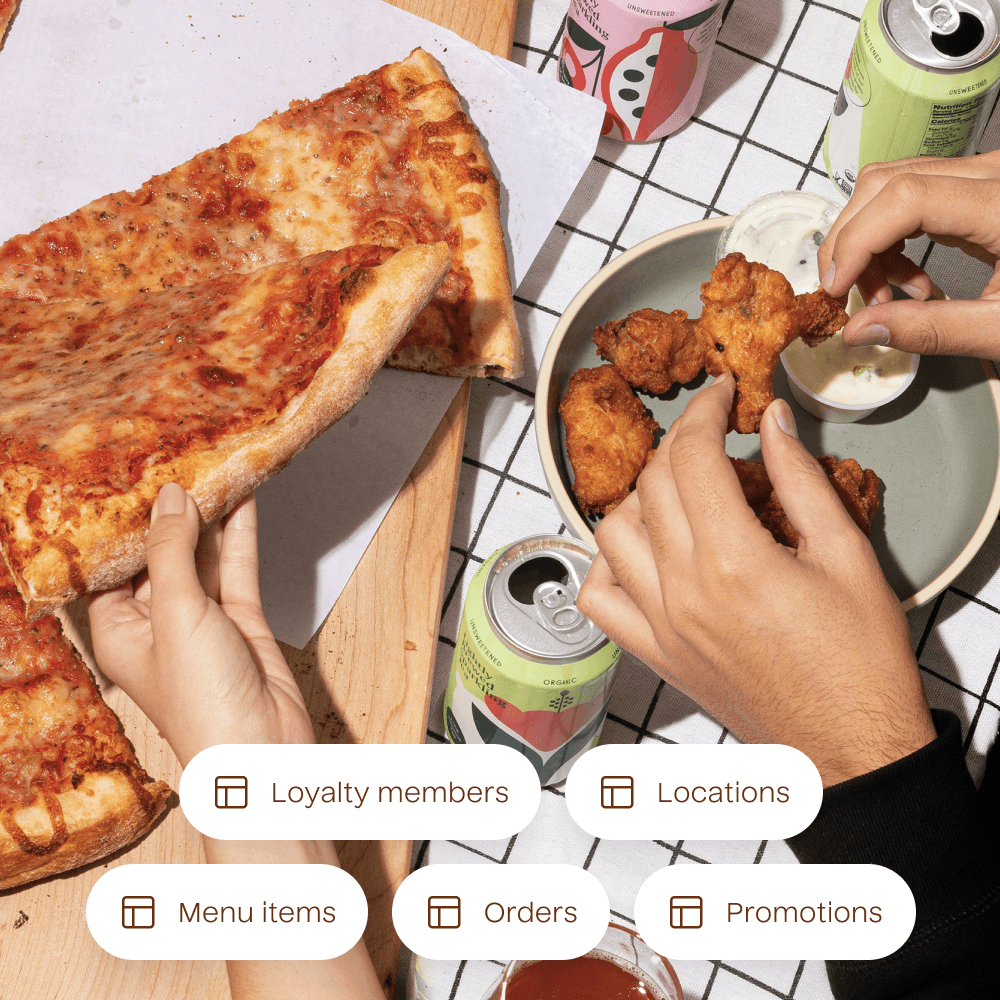
Why are QSRs adopting CDPs?
The quick-service restaurant industry is incredibly competitive, and building loyalty takes time. With 80% of revenue coming from just 20% of customers,1 customer loyalty is everything. Data is your only advantage to stand out in a sea of virtually endless options.
Industry leaders in QSR differentiate themselves with personalization
McDonalds analyzes real-time audience data to deliver personalized offers and optimize pricing strategies for all mobile app users
Starbucks delivers personalized promotions and gamified rewards to 34 million mobile users to drive 31% of all transactions
Chipotle uses data to drive personalized recommendations for upsells to increase average order value (AOV)
QSR use cases
Acquisition campaigns
Drive new customer visits by using demographic and location data to target nearby users or lookalike audiences with first-time visit promotions, increasing foot traffic.
Suppression campaigns
Reduce wasted ad spend by suppressing frequent customers from acquisition campaigns using CRM data, reallocating budget toward untapped or lapsed customers.
Seasonal campaigns
Boost sales during limited-time promotions by highlighting seasonal menu items or exclusive discounts, increasing urgency and order volume.
Cross-sell campaigns
Increase order value by promoting add-ons using past order data to serve targeted ads, boosting AOV.
Conversion APIs
Share online and offline conversion data with ad platforms, enabling algorithms to better identify and target users with a higher likelihood of converting to improve campaign performance.
QSR media networks
Monetize customer insights by offering anonymized audience segments to beverage and snack brand partners for targeted advertising, generating incremental revenue.
Upsell & cross-sell campaigns
Recommend meal bundles, add-ons, or premium menu items based on previous orders to increase ticket size and average check value.
Reactivation campaigns
Offer exclusive discounts or free delivery to bring back lapsed customers and drive repeat orders.
Birthday campaigns
Send personalized birthday offers, such as free desserts or discounts, to build loyalty and encourage celebratory visits.
Loyalty program engagement
Reward customers with double points, exclusive menu items, or surprise perks to boost program participation and customer retention.
Seasonal campaigns
Promote limited-time menu items, holiday-themed meals, or seasonal discounts to drive demand during peak dining periods.
Localized promotions
Highlight region-specific menu items, in-store deals, or exclusive restaurant promotions to increase local foot traffic and engagement.
Win-back campaigns
Re-engage customers who had a negative experience by offering discounts, free items, or personalized apologies to recover lost business.
Family bundle campaigns
Promote group-friendly meal bundles designed for families or large gatherings to drive higher ticket sizes and increase revenue.
High-spender rewards
Recognize and reward high-value customers with exclusive perks, early access to new menu items, or VIP promotions to increase visit frequency.
Dynamic home page content
Display recent orders, loyalty rewards, or special deals tailored to the user to increase app engagement and conversions.
Dynamic menu recommendations
Use previous orders to recommend popular menu items or frequently paired items to boost order value and customer satisfaction.
Next best action
Encourage actions like joining the loyalty program, saving a favorite order, or leaving a review to drive engagement and future purchases.
Order progress tracking
Show real-time order status, delivery tracking, or pickup readiness notifications to improve customer satisfaction and reduce service anxiety.
Special day reminders
Notify users about upcoming events like National Pizza Day or local holidays to drive engagement and timely orders.
Gamified loyalty rewards
Offer badges, progress tracking, or tiers for loyalty program milestones to increase retention and repeat visits.
Customized meal deals
Highlight build-your-own meal options tailored to customer preferences to improve engagement and satisfaction.
Nearby deals notifications
Use geolocation data to notify users of local deals and exclusive promotions to drive foot traffic and real-time engagement.
Upsell & cross-sell suggestions
Recommend high-value add-ons, premium upgrades, or limited-time offers based on past purchases and browsing behavior to increase average order value and customer satisfaction.
What QSRs should consider when evaluating a CDP
90%5 of marketers say their traditional CDP does not do what they need, so why do they keep buying them?
| Category | Traditional CDP | Composable CDP |
|---|---|---|
| Architecture | Operates as a separate entity, removed from your company’s data | Integrates directly within your company’s data infrastructure |
| Security & data storage | Data is stored and maintained in the CDP’s data infrastructure | Data is stored and maintained in your existing data infrastructure |
| Data access | Supports user and event data | Supports both online and offline data |
| Data modeling | Uses predefined models that may not fully capture dine-in versus takeout preferences or meal customization | Supports tailored models to handle order history, dining preferences, and loyalty program engagement |
| Audience management | Supports broad segmentation but struggles with identifying frequent customers or menu item preferences | Enables granular segmentation using order frequency, location preferences, and menu customization data |
| Customer journey customization | Provides standard templates for campaigns like loyalty rewards or email promotions | Powers fully adaptable journeys for events like new menu launches, seasonal promotions, and loyalty tier upgrades |
| Identity resolution | Relies on out-of-the-box algorithms that may not unify profiles across mobile apps in-store systems and third-party delivery platforms | Supports custom algorithms to unify profiles from apps, POS systems, and delivery platforms |
| Pricing | Bundled pricing: dependent on monthly tracked users (MTUs) & feature add-ons | Unbundled: individually priced features with no MTU billing |
| Average implementation time | 6-12 months | 1-4 months |
- ArchitectureIntegrates directly within your company’s data infrastructure
- Security & data storageData is stored and maintained in your existing data infrastructure
- Data accessSupports both online and offline data
- Data modelingSupports tailored models to handle order history, dining preferences, and loyalty program engagement
- Audience managementEnables granular segmentation using order frequency, location preferences, and menu customization data
- Customer journey customizationPowers fully adaptable journeys for events like new menu launches, seasonal promotions, and loyalty tier upgrades
- Identity resolutionSupports custom algorithms to unify profiles from apps, POS systems, and delivery platforms
- PricingUnbundled: individually priced features with no MTU billing
- Average implementation time1-4 months
- ArchitectureOperates as a separate entity, removed from your company’s data
- Security & data storageData is stored and maintained in the CDP’s data infrastructure
- Data accessSupports user and event data
- Data modelingUses predefined models that may not fully capture dine-in versus takeout preferences or meal customization
- Audience managementSupports broad segmentation but struggles with identifying frequent customers or menu item preferences
- Customer journey customizationProvides standard templates for campaigns like loyalty rewards or email promotions
- Identity resolutionRelies on out-of-the-box algorithms that may not unify profiles across mobile apps in-store systems and third-party delivery platforms
- PricingBundled pricing: dependent on monthly tracked users (MTUs) & feature add-ons
- Average implementation time6-12 months
Why Hightouch for QSR?
Your CDP vendor should mold to your data — not the other way around. Hightouch is purpose-built to handle the complexity of quick service restaurants.
Leverage any data point in your warehouse – not just users, accounts, and events.
Build and activate audiences directly from your warehouse.
Integrate with your existing data infrastructure on your warehouse.
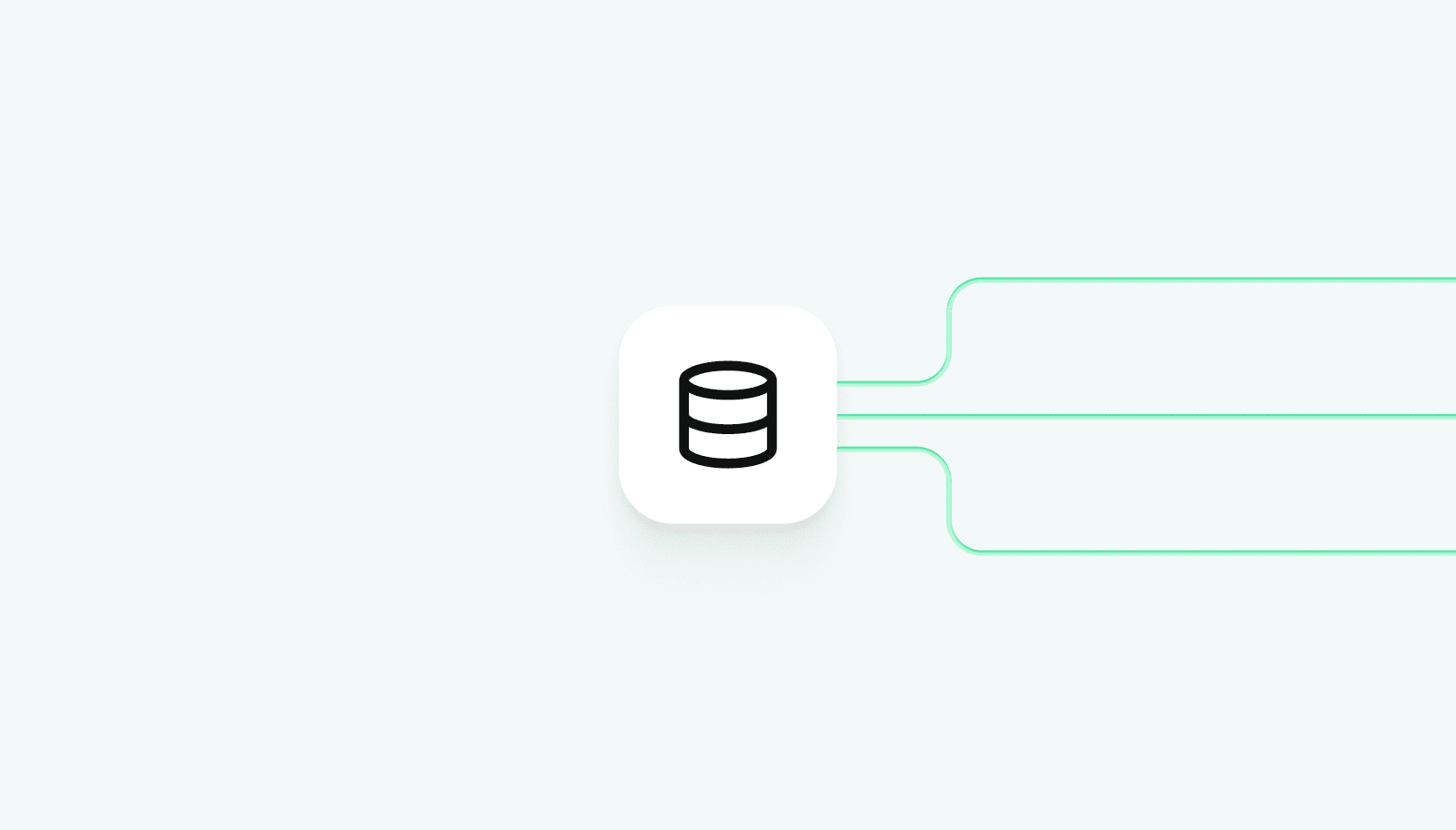
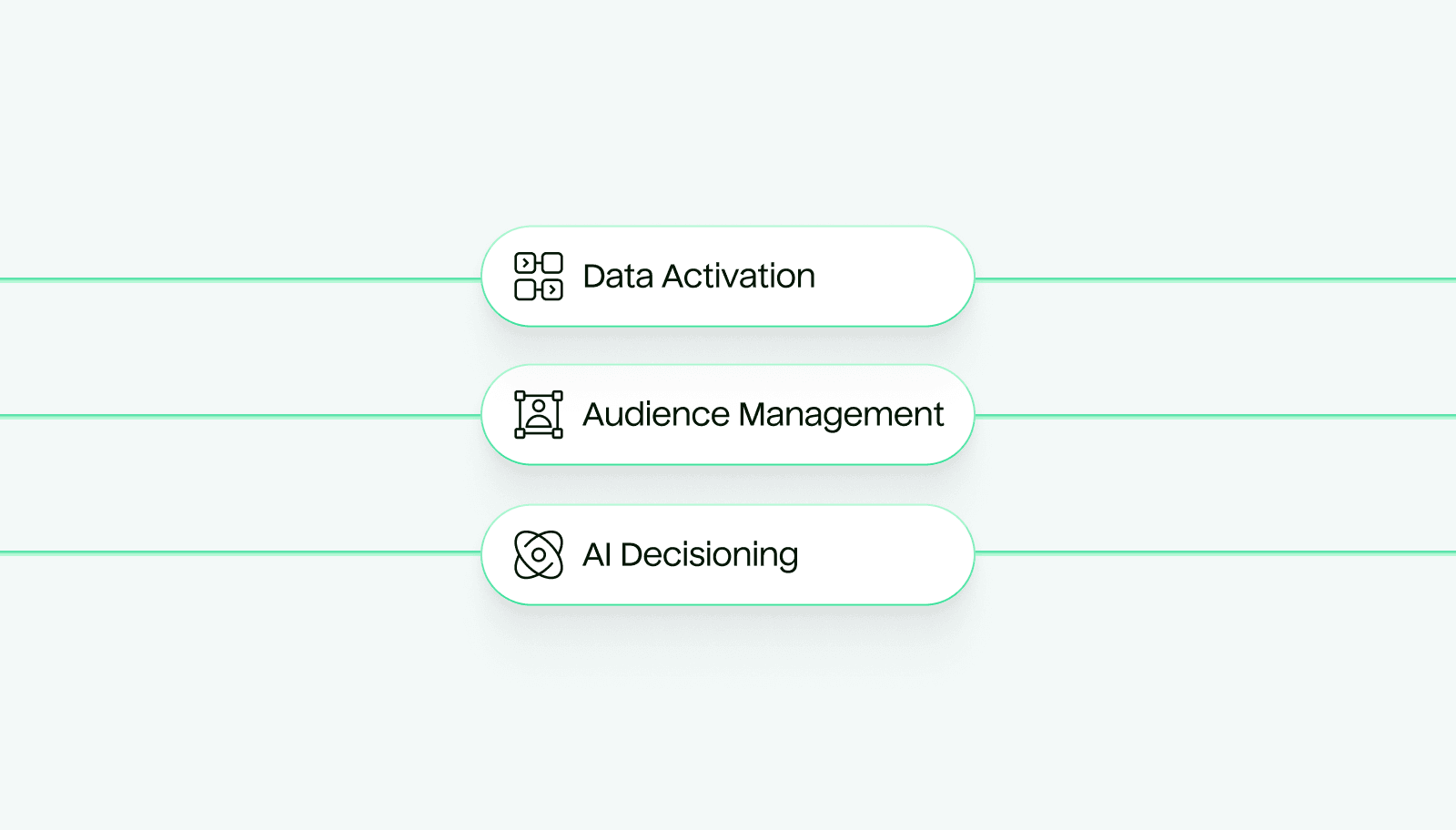
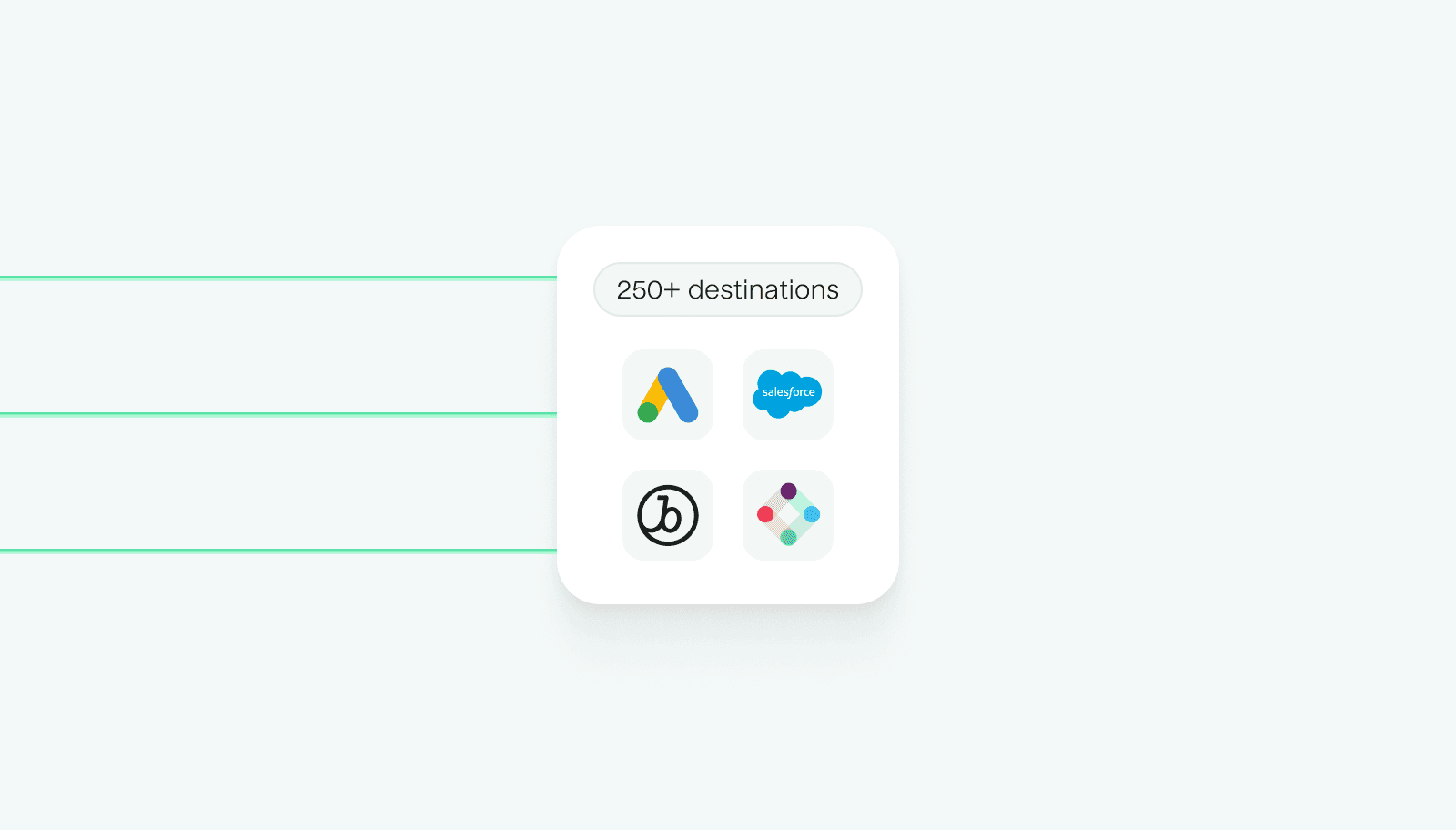
Leverage any data point in your warehouse – not just users, accounts, and events.
A complete CDP for quick service restaurants
Members
Overlap
Frequent high-spend customers who haven’t ordered lately
2,988 members
1,974 members
VIP app users with AOV > $30 who stopped ordering 2,988
High-spending loyalty members with no recent visits 1,974
Member overlap 378 or 12.65%
Customer Data Platform resources
Explore Customer Data Platforms by industry
Discover why leaders across all industries and adopting CDPs and how they are taking action on their customer data to drive engagement and revenue.
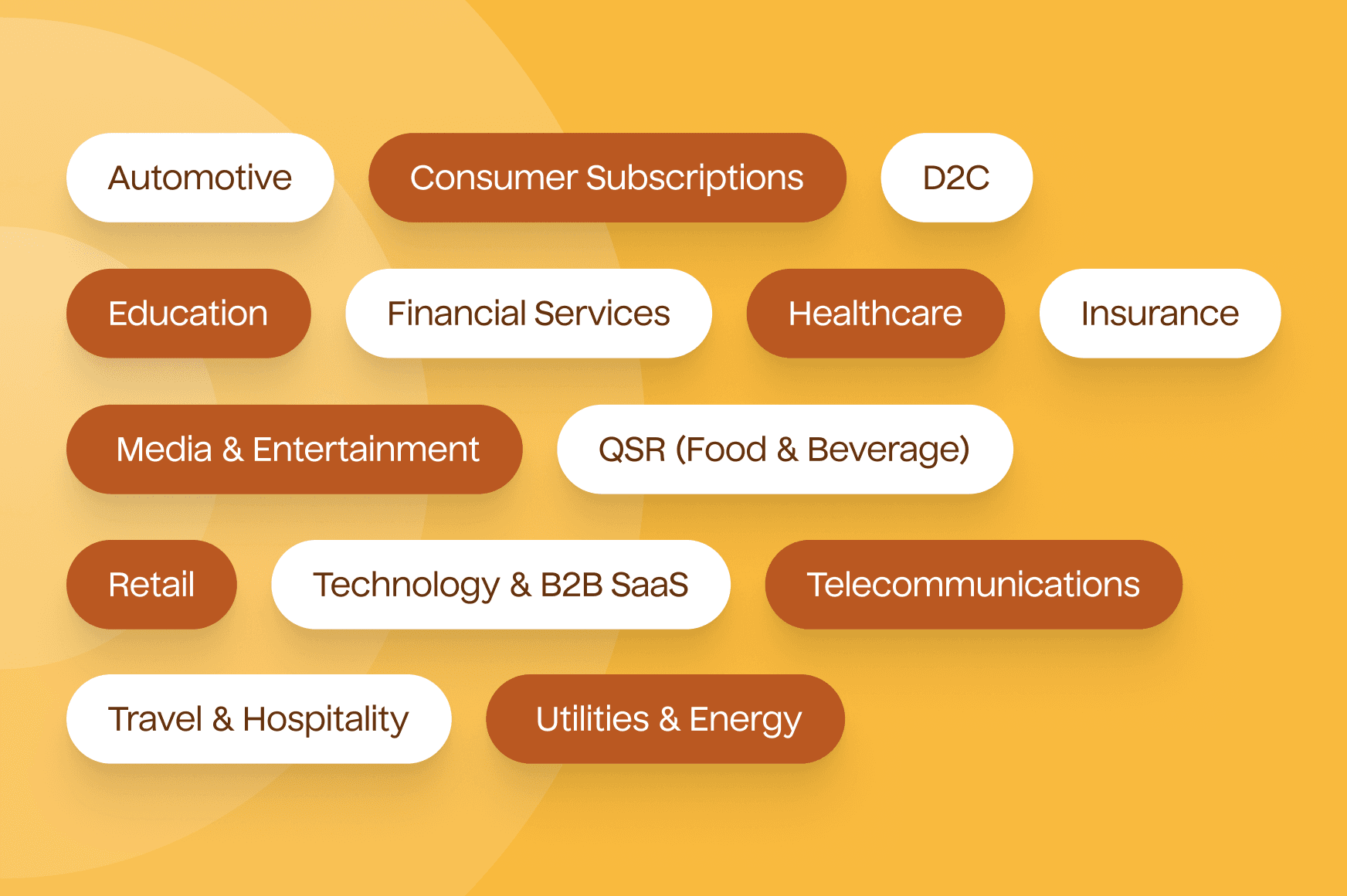
Connect to 250+ tools
Send any data to any tool. Skip building and maintaining pipelines, uploading CSVs, and having data silos across marketing, sales, customer success, finance, and analytics.


